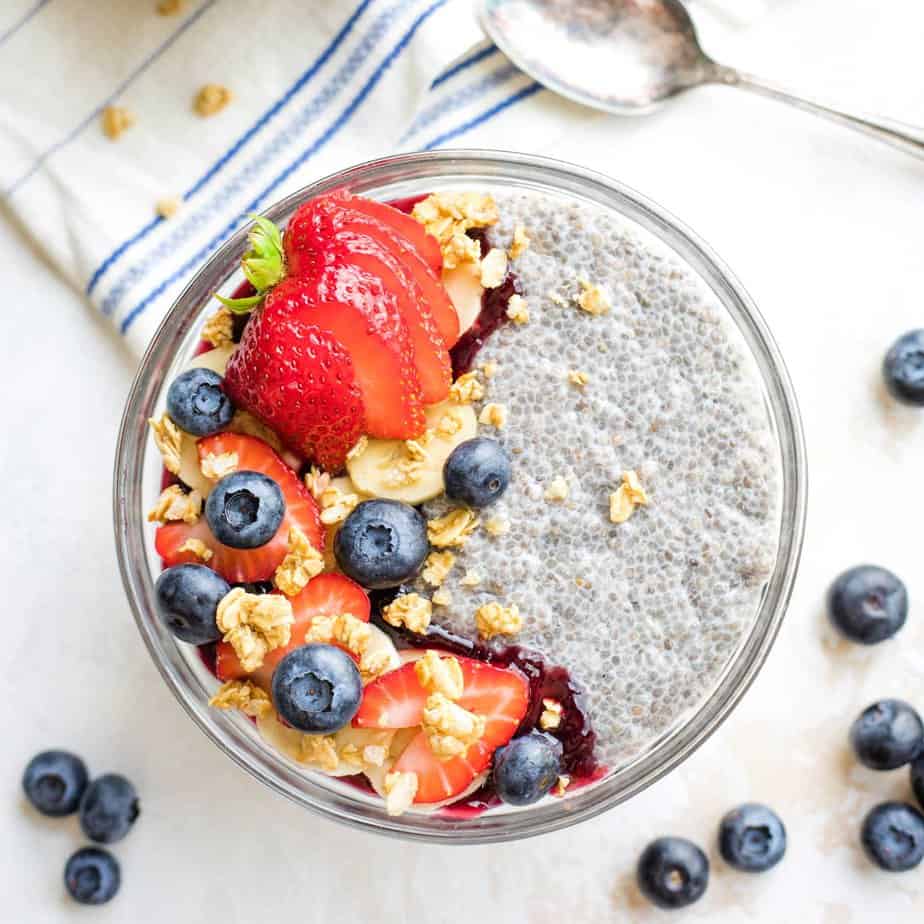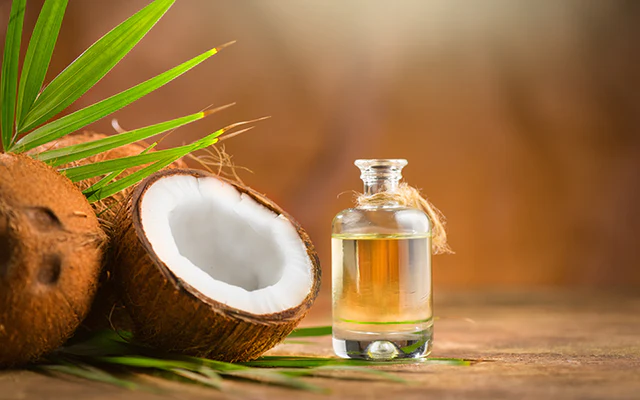Introduction
When it comes to maintaining a healthy lifestyle, we often seek out natural remedies and supplements that can provide a multitude of benefits. One such natural wonder that has garnered attention is coconut oil, particularly for its content of vitamin E in coconut oil.
At Go Coconutoil, I’m excited to delve into the myriad of advantages that vitamin E in coconut oil offers. This nutrient-rich oil has been a staple in many cultures for centuries, and its resurgence in the health and beauty industry is no surprise.
Let’s explore the benefits, uses, and considerations of incorporating coconut oil into your daily routine.
Benefits of Vitamin E in Coconut Oil

Antioxidant properties
Vitamin E is renowned for its antioxidant properties, which play a crucial role in protecting our cells from damage caused by free radicals. The presence of vitamin E in coconut oil enhances its ability to combat oxidative stress, which is linked to aging and various diseases.
By including coconut oil in our diet or skincare regimen, we can harness these antioxidant benefits to support our overall health.
Moisturizing effects
Coconut oil is a natural emollient, meaning it can help to keep the skin hydrated and supple. The vitamin E in coconut oil contributes to this moisturizing effect, making it an excellent choice for those with dry or flaky skin.
Regular application can lead to a noticeable improvement in skin texture and resilience.
Promotes skin health
Aside from its moisturizing capabilities, vitamin E in coconut oil also promotes skin health by supporting cell regeneration and healing.
It’s often used to soothe sunburns, reduce the appearance of scars, and even out skin tone. This makes coconut oil a versatile addition to any skincare routine.
Supports hair growth
Our hair also benefits from the vitamin E found in coconut oil. It can help to prevent breakage, reduce split ends, and promote a healthy scalp, which is essential for hair growth.

Many users report that regular use of coconut oil in their hair care routine leads to stronger, shinier, and more manageable locks.
How to Use Coconut Oil for Vitamin E Benefits
Topical application
One of the simplest ways to enjoy the benefits of vitamin E in coconut oil is through topical application. You can use it as a body moisturizer, a face cream, or a hair mask. When applied to the skin, it’s best to use it after a shower to lock in moisture.
For hair, applying it as a pre-wash treatment can protect the strands from harsh shampoos.
Oral consumption
Consuming coconut oil is another way to reap the benefits of its vitamin E content. It can be used as a cooking oil or added to smoothies.

However, it’s important to note that coconut oil is high in saturated fats, so moderation is key. A tablespoon a day is often recommended to balance the benefits with a healthy diet.
Potential Risks and Considerations
Allergic reactions
While coconut oil is generally safe for most people, some may experience allergic reactions. If you’re new to coconut oil, it’s wise to perform a patch test on a small area of skin before widespread use. Any signs of redness, itching, or discomfort could indicate an allergy.
Overconsumption issues
As with any supplement or health product, there can be too much of a good thing. Overconsumption of coconut oil, especially orally, can lead to gastrointestinal discomfort or contribute to elevated cholesterol levels.
Always consult with a healthcare provider before making significant changes to your diet or health routine.
Choosing the Right Coconut Oil
Unrefined vs. refined coconut oil
When selecting coconut oil, you’ll encounter both unrefined (virgin) and refined options. Unrefined coconut oil is less processed, retaining more of its natural nutrients, including vitamin E. Refined coconut oil, while still beneficial, may have fewer nutrients due to the processing it undergoes.
| Characteristic | Unrefined Coconut Oil | Refined Coconut Oil |
|---|---|---|
| Processing | Cold-Pressed or Expeller-Pressed | Refined, Bleached, and Deodorized |
| Flavor and Aroma | Coconut Flavor and Aroma | Neutral Flavor and Aroma |
| Color | Natural, Light to Medium | Clear or Light Yellow |
| Smoke Point | Lower (around 350°F or 177°C) | Higher (around 400°F or 204°C) |
| Nutrient Content | Retains More Nutrients | May Lose Some Nutrients in Processing |
| Suitability for High Heat | Lower (suitable for medium heat) | Higher (suitable for high-heat cooking) |
| Cost | Often More Expensive | Generally More Affordable |
| Uses | Ideal for Raw Applications, Baking | Versatile, Suitable for Cooking at High Temperatures |
| Common Names | Virgin Coconut Oil, Extra Virgin Coconut Oil | Refined Coconut Oil, RBD Coconut Oil (RBD stands for Refined, Bleached, and Deodorized) |
Organic vs. non-organic coconut oil

Organic coconut oil is made from coconuts that have been grown without the use of pesticides or synthetic fertilizers. Choosing organic ensures that you’re getting a pure product that’s better for the environment and potentially more beneficial for your health.
| Characteristic | Organic Coconut Oil | Non-Organic Coconut Oil |
|---|---|---|
| Source of Coconuts | Grown Without Synthetic Pesticides or Chemical Fertilizers | May Be Exposed to Pesticides and Chemical Fertilizers |
| Certification | USDA Certified Organic or Equivalent Certification | Conventional Farming Practices |
| Processing | Generally Cold-Pressed or Expeller-Pressed, Minimally Processed | Processing Methods May Include Refined, Bleached, and Deodorized (RBD) |
| Additives and Preservatives | Typically Free of Artificial Additives and Preservatives | May Contain Additives or Preservatives for Extended Shelf Life |
| Environmental Impact | Focus on Sustainable and Eco-Friendly Practices | May Involve Conventional Farming Practices with Potential Environmental Impact |
| Flavor and Aroma | Natural Coconut Flavor and Aroma Preserved | May Retain Natural Flavor or Have a Neutral Taste Depending on Processing |
| Nutrient Content | Retains More Nutrients due to Minimal Processing | Nutrient Content May Be Affected by Processing |
| Price | Often Priced Higher due to Organic Certification and Sustainable Practices | Generally More Affordable, but Prices Vary |
| GMO-Free | Non-GMO, Produced Without Genetically Modified Organisms | May Contain Ingredients Derived from GMOs Depending on Farming Practices |
Conclusion
FAQ
Is coconut oil a good source of vitamin E?
High in Vitamin E Another aspect of coconut oil’s ability to prevent wrinkles lies in its high value of vitamin E. Vitamin E is packed with powerful antioxidant properties, that acts a a barrier between your skin and oxidation from the environment.
Which has more vitamin E coconut oil or olive oil?
Winner in the Vitamins Category: EVOO And in this case, the olive is mightier than the coconut, as EVOO contains 160 times more vitamin E and 120 times more vitamin K than VCO.
How much vitamin E is in a coconut?
Protein (g) 0 Vitamin E (alpha-tocopherol) (mg) 0.01 Cryptoxanthin, beta (mcg) 0 Lycopene (mcg) 0 Lutein + zeaxanthin (mcg) 0
Can I add vitamin E to my coconut oil?
Yes, you can apply vitamin E oil to your face directly but since it is thick, it is advisable to blend it with a few drops of a lighter oil like coconut oil.
Originally posted 2023-08-26 07:32:25.

